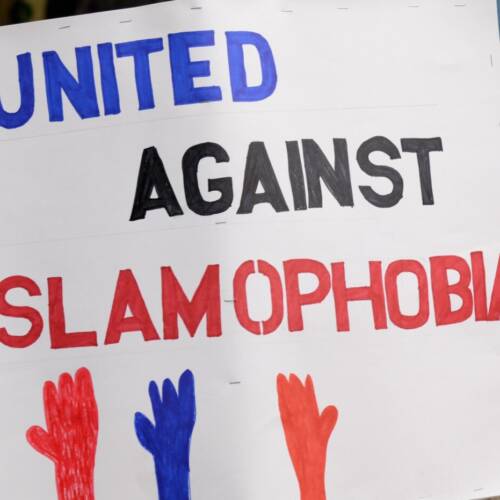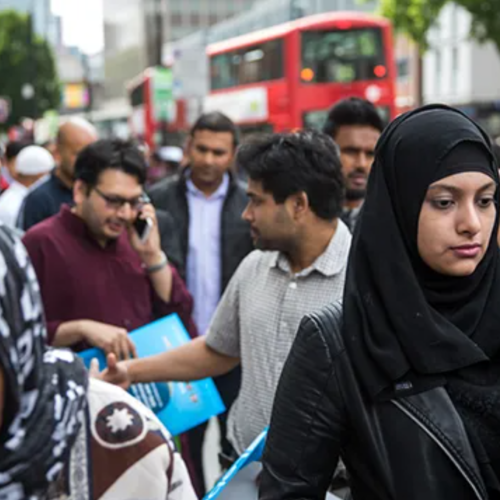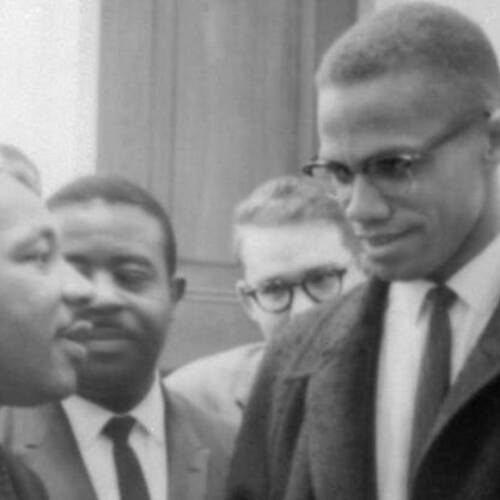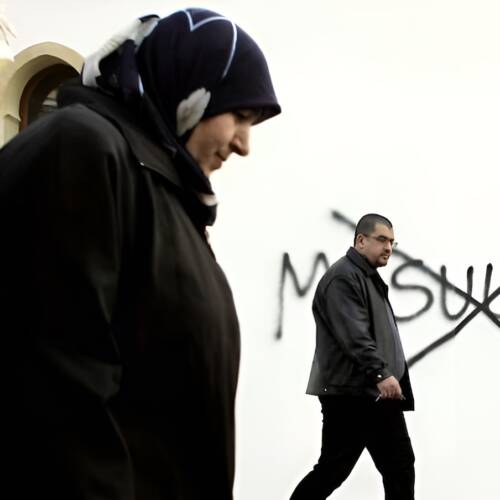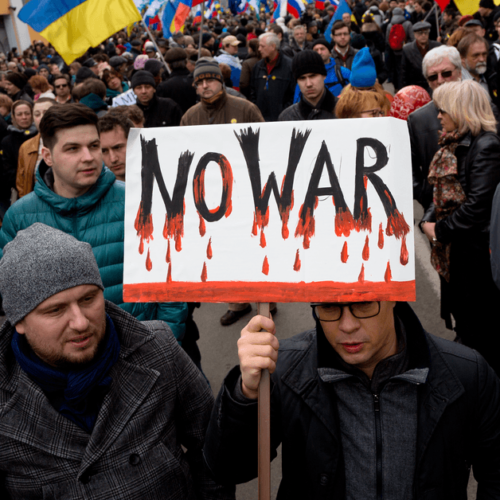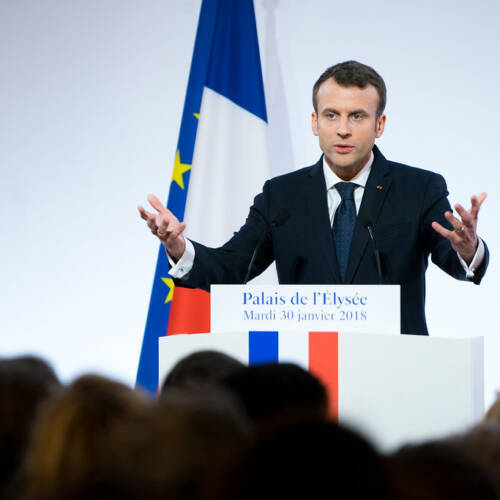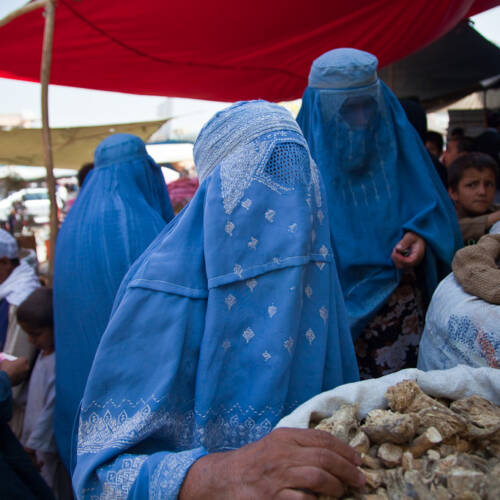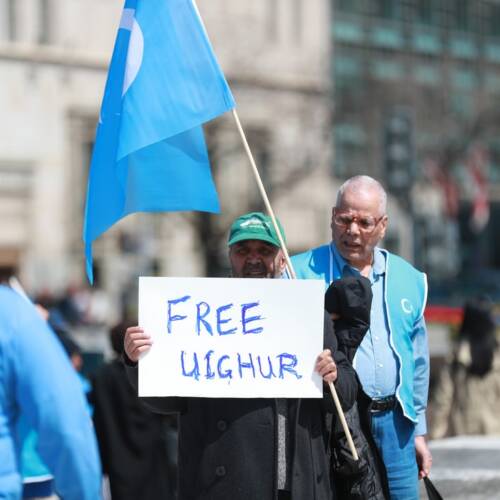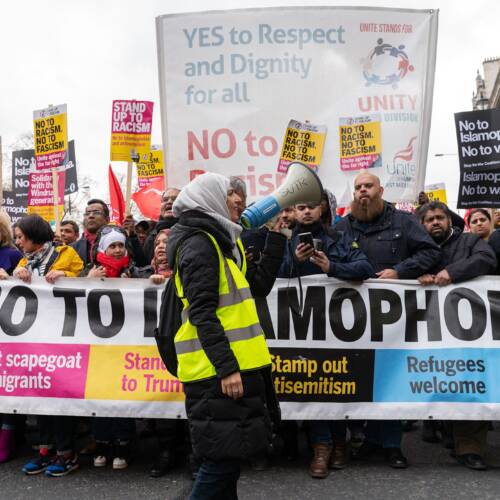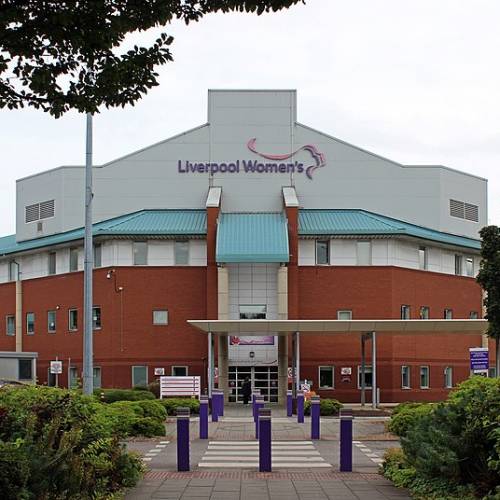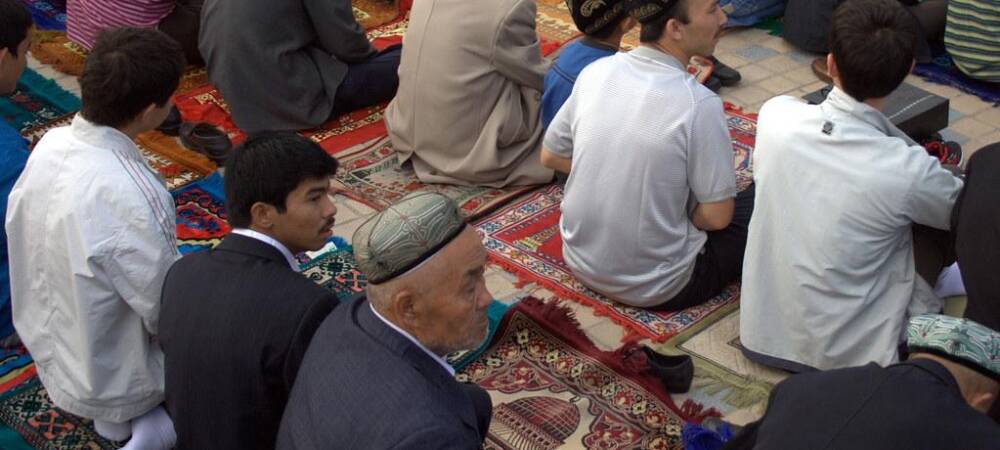
Conflict in Xinjiang: China’s Muslim Population Under Threat
12 Jul 2020Estimates say that China has now incarcerated more than 1 million Muslim Uyghurs, in the prison camps they began constructing in 2016. Leaked documents earlier this year showed the extent to which China is mistreating the minority group as the US has now imposed fresh sanctions on Chinese officials complicit in the abuses.
The Uyghurs have been systematically oppressed by their own government, to this extent, ever since Xi Jinping took power back in 2014. Monitored by the most advanced and intrusive surveillance systems in the world, this minority group’s culture and heritage is slowly being suffocated. In the Xinjiang province of which they reside, religious traditions are restricted, many Muslim names are banned for newborns and almost 1 in 6 of their population are now in ‘re-education camps’.
Many Uyghurs have not been heard from since being detained in these camps. Families are being torn apart as the Communist Party is attempting to systematically crush Uyghur identity and dignity. China has always been suspicious of the minority groups that reside in its territory, but since Al-Qaeda’s attack on America in 2001, anti-Muslim sentiment has been on the rise in the country.
A Turkic-speaking Muslim minority, there are currently over eleven million Uyghurs coexisting with around ten million Han Chinese citizens in Xinjiang. China annexed the region under Mao in 1949 when the Uyghur population accounted for over 75% of the province and Han Chinese people were only 7% of the total population. Now, the ethnic ratio of Xinjiang has been diluted, with 40% of the region as Han Chinese and 42% being Uyghur.
And the western-most province of China hasn’t been short of conflicts between the two groups.
In 2009, most notably, there were some of the bloodiest sectarian riots China had had in decades, between Uyghurs and the Han Chinese population. Two-hundred people were killed on the first day of the violence. Little evidence of this unrest can be seen today but the informal apartheid remains between thetwo ethnic groups, of which are divided culturally and geographically in Xianjing. In 2014, Uyghur terrorists went on a stabbing rampage, killing 31 people, only fueling the government’s hostility towards the general Uyghur population.
XI Jinping coming into power in 2014 hastened China’s crackdown on their Muslim population, with their domestic security budget between 2012 and 2017 almost doubling. In Xinjiang, it tripled.
In 2016, the President handpicked his own officials to govern the province of Xnjiang, the same individuals of which had governed over the province of Tibet previously, and so already having a track record of cultural repression and hardcore security tactics. One of these officials, Chen Quanguo, was made the Communist Party chief of Xinjiang and has greatly expanded the detention camps since his appointment. He has since purged the local officials who have voiced their concerns regarding the camps.
In addition to Chen Quanguo’s security measures, across the province, images of Xi Jinping have been placed in mosques and local homes, offending the religious sensibilities of the Uyghurs. Beards and face veils have been banned, as have many halal products. Some mosques have even been closed and demolished. In schools, Uyghur heritage is being wiped out. The term ‘cultural genocide’ might be a fitting description of these events.
China’s hyper-surveillance technologies, like face-recognition cameras, are being widely used to monitor Uyghurs 24 hours a day, using spying apps to track them online additionally. Party informants even spy on Uyghurs in their own homes, interacting with children and observing their daily lives, then reporting back to the government.
Xi Jinping has admitted that he sees Uyghurs as untrustworthy and backwards in his efforts to justify their imprisonment. Hundreds of millions of dollars have been spent on these camps where, inside, Uyghurs are brainwashed and even tortured, being forced to denounce their own religion. China’s official line is that the camps are used to re-educate extremists and fight terrorism.
Economics and geo-politics also plays its role. The Belt and Road Initiative, designed to globally expand China’s economic influence, links to the importance of Xinjiang as China wants to exercise complete control over its population. The territorial and cultural integrity of China is important to Xi Jinping, his legitimacy and overall power on the international stage, and so indoctrination into supporting the Communist Party ideology, along with turning Xianjing into a surveillance state has been a central policy of his government.
Reports emerged earlier this year that have displayed the extent of China’s crackdown, further confirming the surveillance methods and tactics of cultural oppression. The report is based on eyewitness and survivor testimony and tells of the strict, militaristic protocols of the re-education camps.
It was announced this week by Secretary of State Mike Pompeo that the U.S will be imposing new sanctions on a handful of Chinese officials over the abuses on the Uyghur population. In response, China announced that reciprocal sanctions would be enforced on the U.S.
The 21st Century’s first concentration camps, have been met with a surprising silence from the Muslim countries of which China is trade partners with. Fears of the coronavirus taking hold in the camps have now also arrived as many other Chinese prisons have experienced problems with the spreading of the disease.
Other Muslim groups, such as Kazakhs and Kyrgyz, have also been detained with no charge, no trial and no rights. Some say a modern-day Cultural Revolution is beginning in the world’s second-largest economy.


